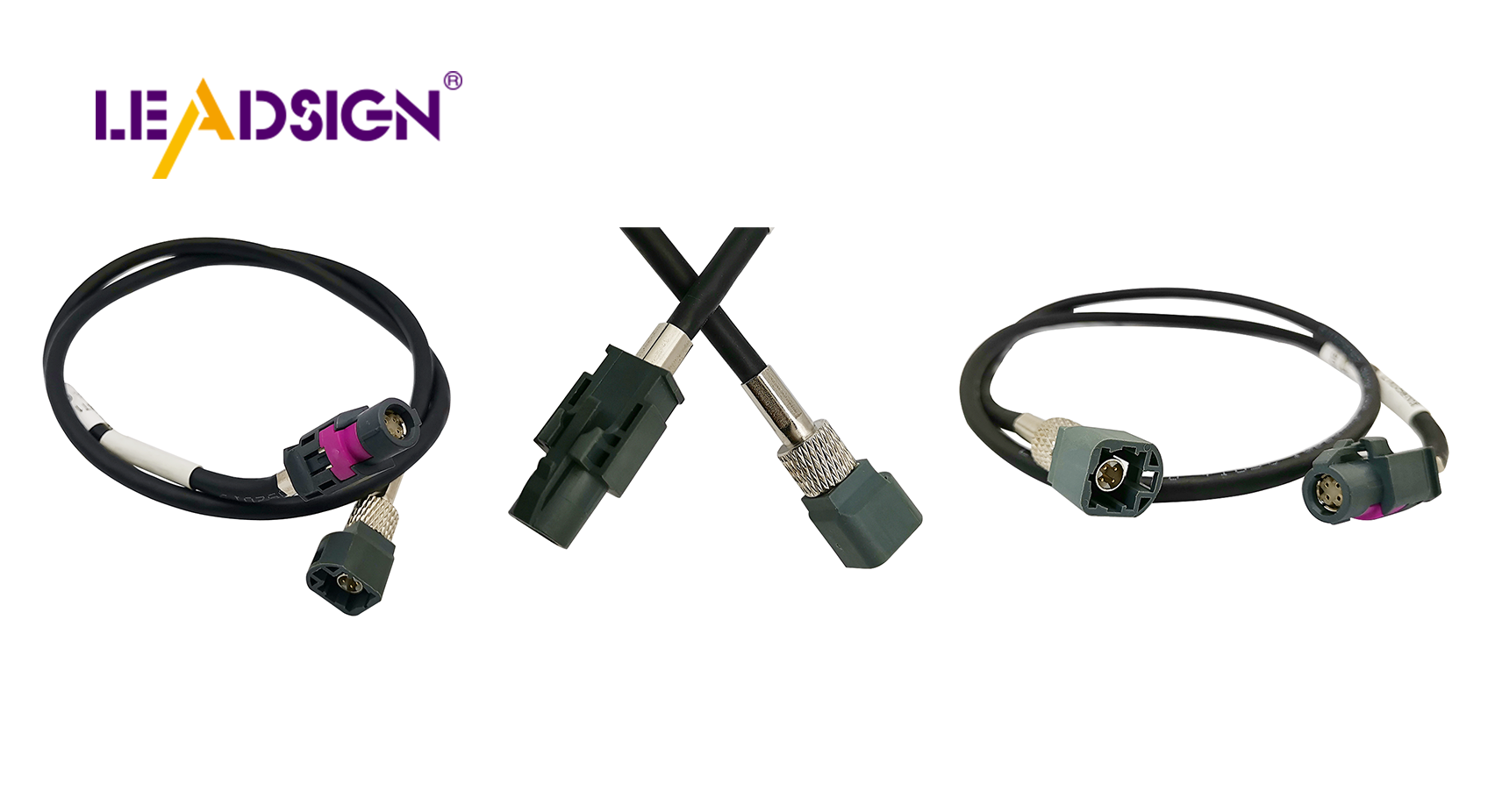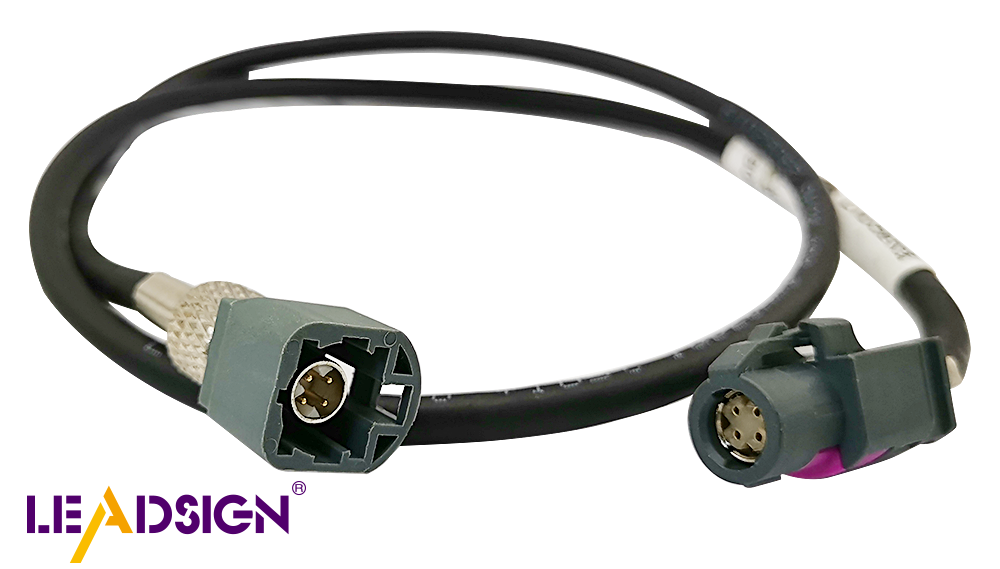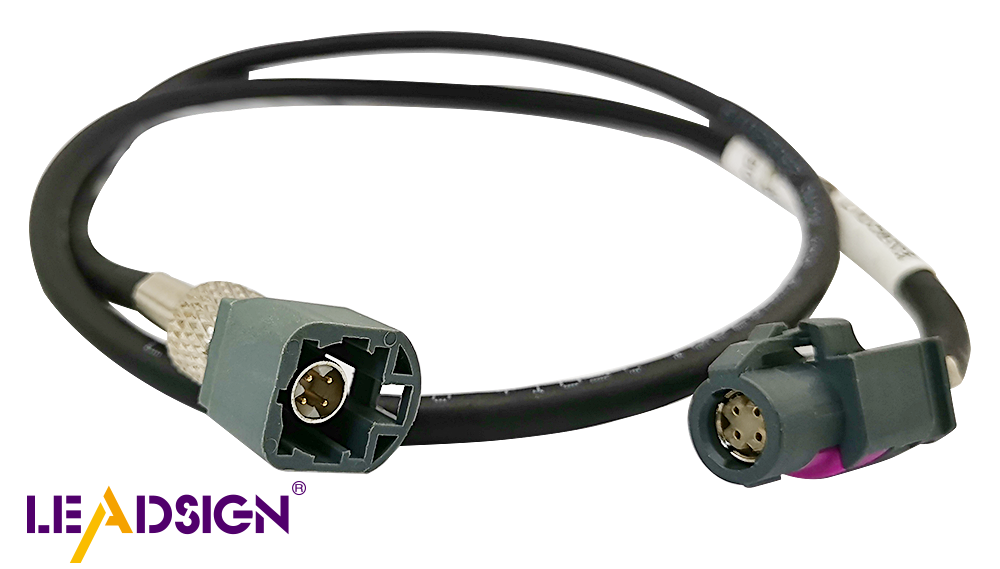5 Essential Car Wire Connector Types for Beginners

When you start learning about car care, knowing automotive electrical connectors types is key. These connectors help your car's wires work well. Here are five important types to know:
Bullet Connectors: Good for fast connections.
Butt Connectors: Best for joining wires tightly.
Spade Connectors: Easy to attach and remove.
Ring Connectors: Used for grounding and holding wires.
Quick Disconnects: Allow quick and safe unplugging.
Each type helps keep your car's electrical system strong and functioning properly.
Bullet Connectors

What are Bullet Connectors?
Bullet connectors are used in cars. They look like small bullets, making them easy to spot. These connectors have two parts: a male and a female end. They fit together tightly. This tight fit keeps your car's wires working well. You can use bullet connectors easily without special tools.
Common Uses of Bullet Connectors
Bullet connectors are found in many car parts. They are great for connecting lights like headlights and taillights. Their design makes it simple to connect or disconnect wires quickly. You also see them in car audio systems and other electronics. Because they work well, bullet connectors are important for automotive electrical connectors types.
How to Connect and Disconnect Bullet Connectors
Using bullet connectors is easy:
Prepare the Wires: Take off about 1/4 inch of plastic from the wire ends. Make sure the wire is clean.
Attach the Connectors: Put the male connector on one wire and the female on another. Use a crimping tool to make them stay tight.
Join the Connectors: Push the male into the female connector until it clicks or feels snug.
Test the Connection: Gently pull on wires to check if they hold well.
Disconnecting: To take apart, just pull them apart gently but firmly.
Learning how to use bullet connectors helps you handle automotive electrical connectors types better, keeping your car's systems strong and dependable.
Butt Connectors
What are Butt Connectors?
Butt connectors join two wires together. They look like small tubes. You can find them in cars. They keep wires connected safely. Most are made of plastic with metal inside. This helps electricity flow well.
Purpose of Butt Connectors in Joining Wires
Butt connectors are important for joining wires. They make sure electricity moves smoothly. Use them to fix or extend wires. Their design stops wires from coming apart, even when things shake.
Expert Testimony: "Once sealed, these connectors stay strong and last long." - Anonymous Customer
This makes butt connectors popular for everyone. They work well in cars where movement can loosen connections.
Step-by-Step Instructions on Crimping Butt Connectors
Crimping butt connectors is easy:
Strip the Wires: Take off 1/4 inch of wire cover at ends. Make sure it's clean.
Insert the Wires: Put one wire into each end of the connector until they touch metal inside.
Crimp the Connector: Use a tool to squeeze the metal tight around wires.
Check the Connection: Pull gently on wires to see if they hold tight.
Seal the Connection: If heat-shrinkable, use heat to shrink tubing for extra protection.
Expert Testimony: "These connectors keep wires waterproof and safe." - Anonymous Customer
By doing this, you can trust butt connectors in car projects. They help keep your car's electrical system working well.
Spade Connectors
What are Spade connectors?
Spade connectors look like a fork. They have a flat, U-shape. This shape helps connect and disconnect wires fast. You can use them with terminal blocks or screws. There are different sizes like fork and male push-on types. They make strong connections, so they are popular in car wiring.
Uses of Spade Connectors
Spade connectors are used in many car parts because they are easy to use:
Car Audio Systems: They help connect speakers and amplifiers safely.
Lighting: Use them for headlights, taillights, and inside lights.
Battery Connections: They give a good link for battery ends.
Switches and Relays: Make it simple to join switches and relays.
They handle high power and don't shake loose easily. This makes them great for these uses.
Tips for Safe Connections with Spade Connectors
To keep spade connectors safe, follow these steps:
Pick the Right Size: Match the connector with wire size for tight fit.
Strip the Wire Well: Take off 1/4 inch of cover from wire end.
Crimp Firmly: Use a tool to press connector onto wire tightly.
Test the Connection: Pull wire gently to check if it stays put.
Add Heat Shrink Tubing: Slide tubing over connection and heat it up.
By doing this, your connections will be strong and last long in your car's system.
Ring Connectors
What are Ring Connectors?
Ring connectors come in different sizes and materials like copper and stainless steel. These materials make them strong and good at carrying electricity, so they are great for car wiring.
Role of Ring Connectors in Grounding and Securing Wires
Ring connectors help ground and secure wires in cars. They keep wires from coming loose when things move or shake. This is important for keeping electricity flowing well, especially in cars where it must be reliable. You use ring connectors often for grounding, giving a direct path to the ground to stop electrical problems. Their tight fit keeps your car's electric system safe and working well.
Experts on ring terminal connections in harsh environments say it's important to use waterproof and UV-resistant materials outside. Regular checks are also needed, especially near water, to keep connections lasting long.
How to Install Ring Connectors
Putting on ring connectors is easy:
Select the Right Size: Pick a connector that fits the wire size and post size snugly.
Strip the Wire: Take off about 1/4 inch of cover from the wire end.
Insert the Wire: Put the bare wire into the connector until it touches metal.
Crimp the Connector: Use a tool to squeeze it tightly around the wire.
Secure the Connection: Place it over a post or bolt and tighten with a nut or screw.
Inspect the Connection: Pull gently on the wire to make sure it's tight; if not, crimp again for better hold.
By doing this right, you can install ring connectors confidently in your car's electric system, keeping everything working well.
Quick Disconnects

What are Quick Disconnects?
Quick disconnects make connecting wires easy. They are used in many places like cars and farms. They have two parts: a plug and a socket. Push them together to lock tight. Pull them apart to disconnect. This makes them great for quick use.
Advantages of Quick Disconnects for Easy Disconnection
Quick disconnects have many good points:
Speed: Connect or unplug wires fast without tools. Saves time when changing often.
Safety: They stop shocks by keeping connections secure.
Versatility: Work well in cars and other places, keeping systems clean.
Durability: Made strong to last in tough spots.
More people use quick disconnects now because they work well everywhere.
How to Use Quick Disconnects Safely
Using quick disconnects is simple:
Choose the Right Size: Make sure it fits your wire snugly.
Inspect Before Use: Look for damage; replace if needed.
Connect Securely: Push until it clicks or locks tight.
Test the Connection: Tug wires gently to check hold.
Disconnect Carefully: Hold firmly and pull straight apart.
Follow these steps to keep your car's system safe with quick disconnects by adhering to best practices.
You have learned about five important car wire connectors. Each one has a special job to help your car's wires work well. Bullet connectors let you connect fast. Butt connectors keep wires stuck together tightly. Spade connectors are easy to put on and take off. Ring connectors hold wires safely in place. Quick disconnects make unplugging quick and safe.
Remember: Trying these connectors in small projects can help you get better at using them. As you practice more, you'll see that using them right makes fixing your car easier.
See Also
Understanding Fakra Connectors: Types, Uses, and Fundamentals
Introduction to HSD Connectors for Automotive Applications
Fakra Connectors: Benefits, Uses, and Installation Guidelines

